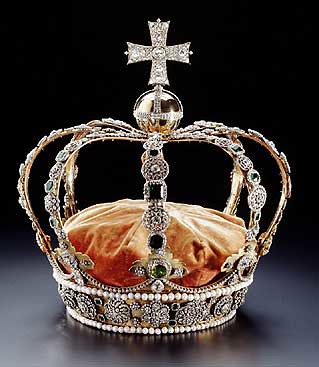Queen Marie-Antoinette of France was born on 2nd November 1755 and murdered on 16th October 1793.
+et+ses+enfants+furent+peints+en+1787+par+%C3%89lisabeth+Vig%C3%A9e+Le+Brun.jpg) |
| Marie-Antoinette (1755-1793/1774-1792) with her children, painted in 1787 by Élisabeth Vigée Le Brun. |
 |
| Marie-Antoinette before the Revolutionary Tribunal. |
 |
| The Queen on her way to the execution. |
 |
| Queen Marie-Antoinette's fare well. |
Only for the records: Contrary to legend, Queen Marie-Antoinette never told the hungry peasants to eat cake. She certainly never wore Manolos, as Kirsten Dunst did when she played the Queen of France in Sofia Coppola’s frothy film.
The revolution exposed in her unsuspected depths of fortitude, courage and loyalty. By contrast, the Jacobin “democrats” and mobs who took over in 1793, acting in the name of common humanity and “the rights of Man”, demonstrated little but pettiness, bad faith and viciousness.
The reign of terror ("La Terreur" was the official policy of the revolutionaries) did not happen under Louis XVI and Marie-Antoinette - it was a republican practise.
 |
| French Royalists commemorate the murder of Queen Marie-Antoinette on the Place de la Concorde (in 1793: Place de la Révolution), where the guillotine stood. |




No comments:
Post a Comment